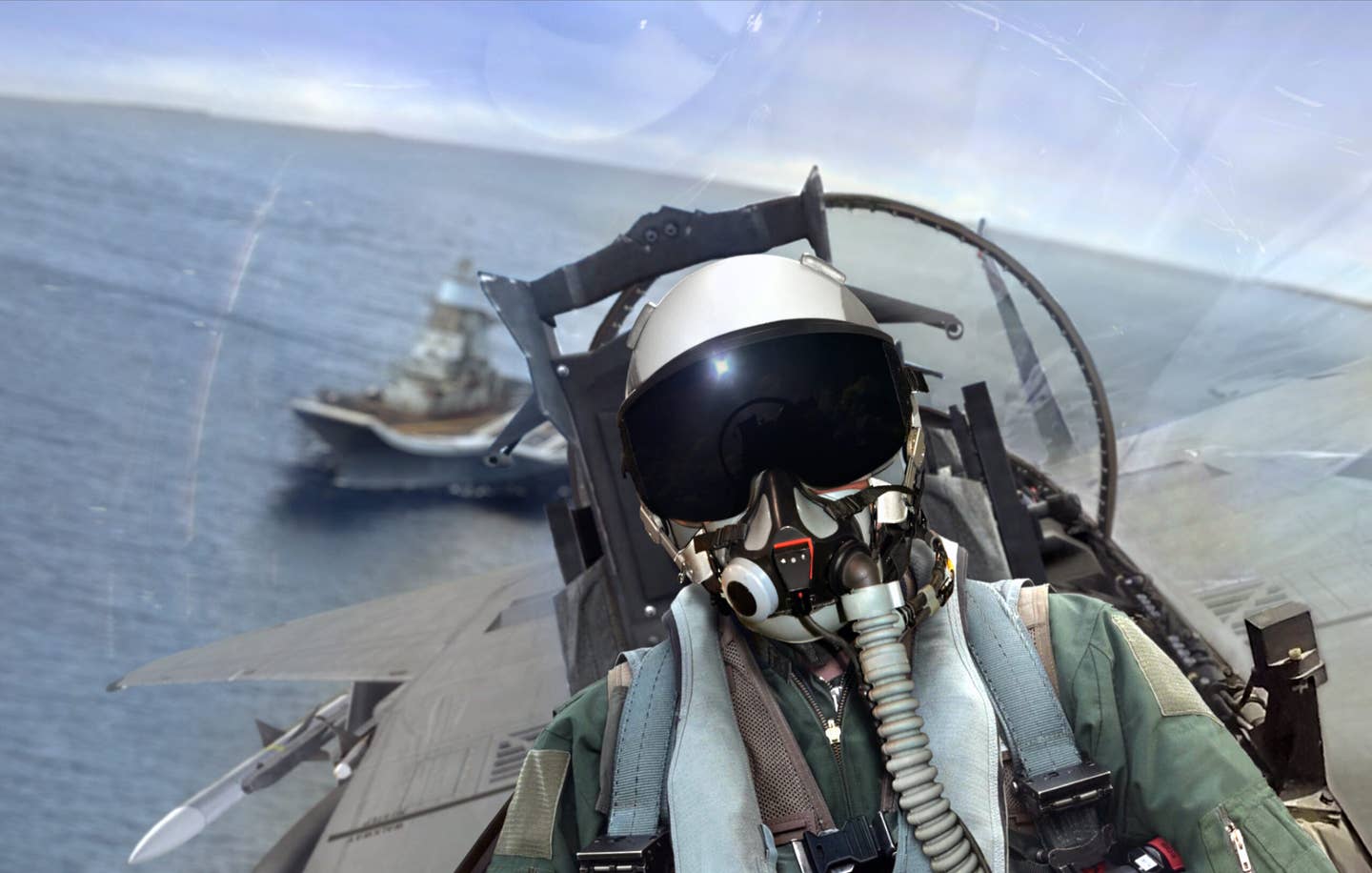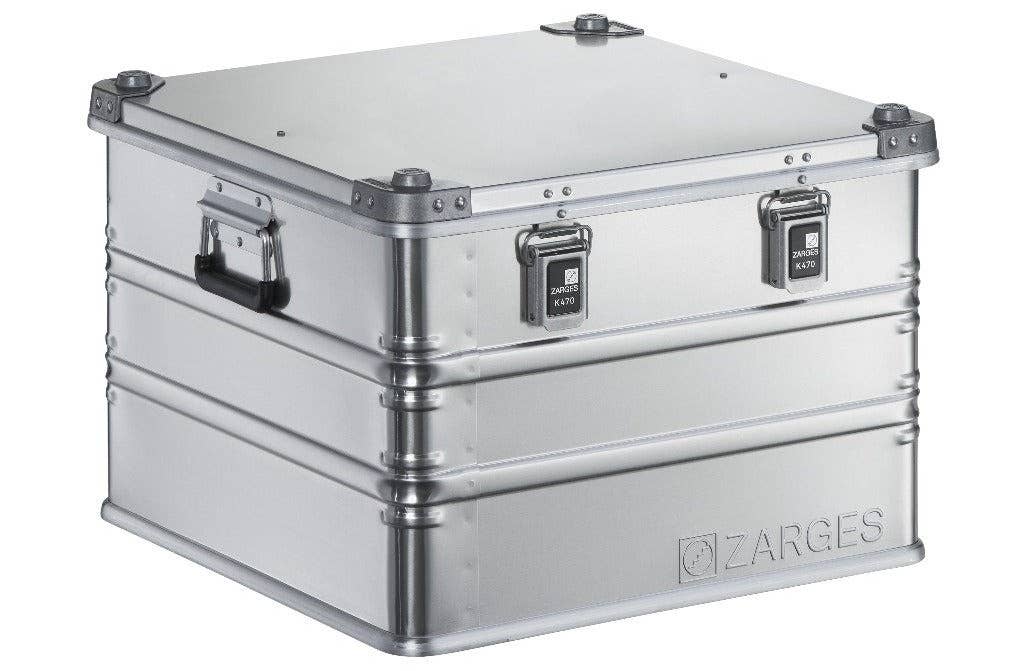How To Become a Navy Pilot
A career as a Naval aviator allows you to serve your country while working in an exciting and rewarding environment.

Learn what it takes to become a Navy pilots. [Credit: Shutterstock]
Imagine the thunderous roar of a fighter jet as it takes off from an aircraft carrier, defying gravity and launching into the open sky. Or think of a tactical helicopter hovering over the ocean, lowering a search and rescue crew.
U.S. Navy pilots perform challenging missions like these daily in service of their country.
Pilots serving in the Navy enjoy a wide variety of opportunities, ranging from flying antisubmarine warfare helicopters to large transport. Whether you are captivated by the speed of a supersonic fighter jet or the challenge of flying under extreme conditions, the allure of naval aviation is undeniable.
The journey to becoming a Navy pilot is not an easy one. It is a years-long process that involves many challenging steps. FLYING breaks down the requirements, selection process, and training sequence for becoming a Naval aviator.
What Is a Navy Pilot?
Navy pilots are highly trained aviation professionals who operate aircraft in support of the operations of the U.S. Navy. Some are fighter pilots like those seen in the movie Top Gun, but many others fly other aircraft like transport jets and surveillance planes. Pilots in the navy are commissioned officers, meaning that they have at least a bachelor’s degree in addition to their flight training.
While many navy pilots operate aircraft based on Navy ships, others work from bases located on shore. A career as a Naval aviator also offers many opportunities beyond the operational sphere, including working as a training pilot or as a test pilot.
As is generally the case for all U.S. military members, Navy pilots can retire with a pension after 20 years of service. Some pilots choose to leave before that or serve for longer, but many go on to pursue second careers in aviation. Former Navy pilots can be found working as flight instructors, airline pilots, or corporate pilots.
Preparing to Become a Navy Pilot
There are many considerations when deciding to pursue a career as a Navy pilot. Aspiring naval aviators should put in the time and effort to make themselves competitive candidates and set themselves up for success in the process.
Academic Excellence
Navy pilots are commissioned officers, meaning that they have completed an undergraduate bachelor’s degree. There are a few different ways you can get your degree—which will be discussed later—but you will need to be able to keep up with the academic rigor of a college program. Although having a background in subjects like math and science can benefit pilots, there is no requirement to have a STEM-related degree to become a military pilot.
Physical Fitness
Like all military members, Navy pilots are expected to maintain a high level of physical fitness. Pilots have to perform long missions, experience high G-forces, and work in challenging environments. A high level of physical performance prepares pilots for the realities of an operational or combat situation.
Skills and Qualities
Those interested in becoming a Navy pilot can also work on general workplace skills that will be beneficial for a career as a future aviator. Given the nature of their work, Navy pilots need to be able to work both independently and as a team. They must have strong communication skills and the ability to work under pressure. Furthermore, you should be able to manage high levels of stress while also making decisions efficiently and accurately.
Understanding the Lifestyle
The military lifestyle is not for everyone. While serving your country is a rewarding and exciting experience, it also comes with its challenges. Navy pilots will likely have to relocate multiple times throughout their career and serve deployments at sea or abroad. This can mean long periods of time away from friends and family. Aspiring Naval aviators should make sure that they fully understand the implications of military service before pursuing a career in the armed forces.
7 Steps to Becoming a Navy Pilot
The journey to flying in the U.S. Navy can be a long one. Here is an overview of the seven-step process:
1. Meet the basic eligibility requirements
You will first need to meet the general requirements to join the Navy. Commissioned officers need to be U.S. citizens who are willing to serve anywhere in the world. You will also need to pass standardized testing and meet physical and medical requirements.
2. Obtain a college degree
Navy pilots are commissioned officers, meaning that they must have an undergraduate bachelor’s degree. You can obtain your college education on your own, but there are also two ways to receive it with the help of the U.S. Navy.
Firstly, you can attend the United States Naval Academy in Annapolis, Maryland. The Naval academy is an undergraduate college, and all students graduate with a Bachelor of Science. Students attend the Naval academy for four years and are commissioned as officers following graduation.
The second option is to go through the Naval Reserve Office Training Corps (NROTC) program. This program allows you to attend a civilian college and complete military training during the summer months. You can apply for a scholarship that covers your tuition in exchange for a commitment to serve for a certain number of years upon graduation.
3. Earn your commission
If you attend the Naval Academy or go through the NROTC program, you will be commissioned after you graduate. If you already have a college degree, you can apply to attend Officer Candidate School (OCS) in Newport, Rhode Island. OCS provides initial training for Navy officers in all fields. Successful candidates are commissioned after completing the 13-week program.
4. Take the Aviation Selection Test Battery
To enter the naval pilot training process, you will need to score at least a 35 on the Aviation Selection Test Battery (ASTB). When you take this test will depend on your path to becoming an officer. The test battery consists of six subtests, covering topics like reading, math, and aviation knowledge.
5. Naval Introductory Flight Evaluation
Student naval aviators begin their flight training with the Naval Introductory Flight Evaluation (NIFE). This replaced the former Aviation Preflight Indoctrination (API) and Introductory Flight Screening (IFS) programs in 2020. NIFE includes classroom training and ground-based practical training like survival training. There is also a flying phase conducted at civilian flight training schools at Pensacola International Airport (KPNS) in Florida or Gulf Shores International Airport atJack Edwards Field (KJKA) in Alabama.
6. Primary Flight Training
After successfully completing NIFE, student naval aviators are sent to Naval Air Station Whiting Field in Florida or Naval Air Station Corpus Christi in Texas to complete Primary Flight Training. This program is the Navy’s basic flight training and uses a combination of ground school and flying. Primary Flight Training lasts six months and is conducted in the Beechcraft T-6B aircraft.
7. Intermediate and Advanced Flight Training
After completing Primary Flight Training, each student is assigned to one of six flight training paths. Students submit their preferences, but assignment is also based on the needs of the U.S. Navy and the student’s performance. The six options are strike (fighter jets), rotary (helicopter), maritime (multiengine patrol and transport aircraft), tilt-rotor, E-2/C-2, and E-6.
Some training paths have an Intermediate Flight Training phase, while students in other paths proceed directly to Advanced Flight Training. The aircraft used in these phases depend on the specific path. After completing Advanced Flight Training, students receive their wings and are considered naval aviators. They are then typically sent to a Fleet Replacement Squadron for training on a specific aircraft type before being assigned to an operational unit.
Ready to Become a Navy Pilot?
The path to becoming a pilot in the U.S. Navy is not an easy or short one. However, a career as a Naval aviator is extremely rewarding and exciting. The work demands precision, rapid decision making, and the ability to work in challenging conditions, all while offering the opportunity to serve your country.
FAQ
How much do U.S. Navy pilots get paid?
The salary of a military officer in the United States includes their base pay, plus additional amounts like housing allowances. Navy pilots can expect to make anywhere from $90,000-$115,000 (including benefits), depending on where they are in their career. Those in more senior officer ranks receive higher salaries beyond that range.
Is the process of becoming a Naval aviator competitive?
Yes. There are many more prospective pilots than there are positions available. You should work hard to ensure that you have a strong GPA and other relevant skills to ensure that you are a competitive candidate.
How long does it take to become a Navy pilot?
The time it takes to complete your initial application process and college education depends on your situation. After receiving your commission, flight training can take anywhere from two to three years. The length of training depends on your aircraft path and any waiting periods between the different phases of flight training.

Sign-up for newsletters & special offers!
Get the latest FLYING stories & special offers delivered directly to your inbox






